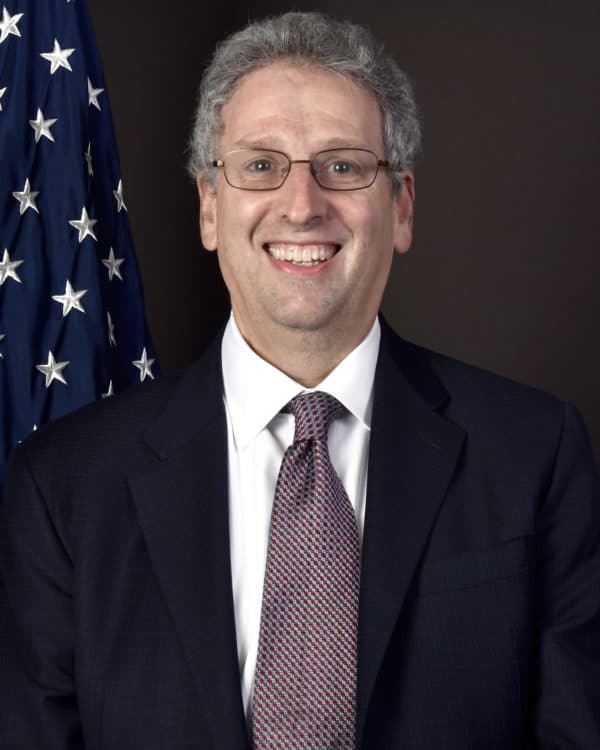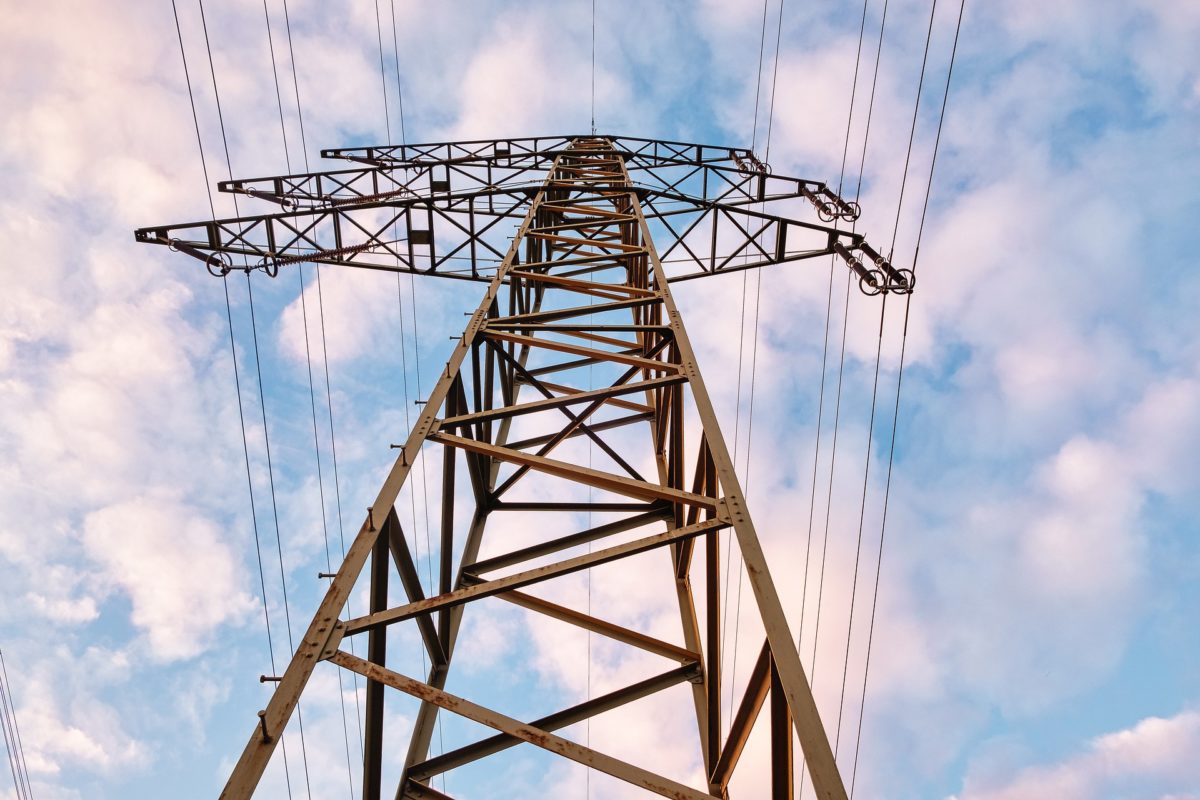The Federal Energy Regulatory Commission (FERC) approved creating a joint task force with the National Association of Regulatory Utility Commissioners (NARUC) to address issues related to electric transmission.
The Joint Federal State Task Force on Electric Transmission will consider a range of topics, including how states can voluntarily coordinate in order to identify, plan, and develop regional transmission projects.

Image: FERC
The Task Force will be made up of FERC Commissioners as well as representatives from 10 state commissions.
“It is increasingly clear that interstate transmission will play a critical role in the transition to the clean energy future,” said FERC Chair Richard Glick in a tweet announcing the task force.
The FERC also issued a policy statement to clarify that states and transmission providers may enter into voluntary agreements to plan and pay for transmission facilities.
FERC said that voluntary agreements could provide states with a way to prioritize, plan, and pay for transmission facilities that are not being developed under the regional transmission planning processes required by FERC order No. 1000. The policy statement is intended to address concerns that the Federal Power Act (FPA) and FERC policies interfere with the creation of these voluntary agreements.
Task Force tasks
Topics that the Joint Task Force may consider include the following:
- Identifying barriers that inhibit planning and development of optimal transmission necessary to achieve federal and state policy goals, as well as potential solutions to those barriers;
- Exploring potential bases for one or more states to use FERC-jurisdictional transmission planning processes to advance their policy goals, including multi-state goals;
- Exploring opportunities for states to voluntarily coordinate in order to identify, plan, and develop regional transmission solutions;
- Reviewing FERC rules and regulations regarding planning and cost allocation of transmission projects and potentially identifying recommendations for reforms;
- Examining barriers to the efficient and expeditious interconnection of new resources through the FERC-jurisdictional interconnection processes, as well as potential solutions to those barriers; and
- Discussing mechanisms to ensure that transmission investment is cost effective, including approaches to enhance transparency and improve oversight of transmission investment including, potentially, through enhanced federal-state coordination.
In a statement, Gregory Wetstone, president and CEO of the American Council on Renewable Energy (ACORE) said, “Ten years after being finalized, not one interregional transmission line has been built using the process established under Order 1000.” He said that with more interregional transmission, centers of high renewable resources can be connected with centers of high electric demand, “enhancing grid reliability and dramatically reducing carbon emissions.”
The Solar Energy Industries Association’s vice president of state and regulatory affairs, Sean Gallagher, said, “The reality is that we are going to need to add hundreds of gigawatts of solar and energy storage capacity to reach President Biden’s 100% clean electricity goal.” Gallagher said the FERC/NARUC partnership “promises to help overcome the regional planning challenges associated with building the transmission capacity we need to meet our goals.”
This content is protected by copyright and may not be reused. If you want to cooperate with us and would like to reuse some of our content, please contact: editors@pv-magazine.com.









By submitting this form you agree to pv magazine using your data for the purposes of publishing your comment.
Your personal data will only be disclosed or otherwise transmitted to third parties for the purposes of spam filtering or if this is necessary for technical maintenance of the website. Any other transfer to third parties will not take place unless this is justified on the basis of applicable data protection regulations or if pv magazine is legally obliged to do so.
You may revoke this consent at any time with effect for the future, in which case your personal data will be deleted immediately. Otherwise, your data will be deleted if pv magazine has processed your request or the purpose of data storage is fulfilled.
Further information on data privacy can be found in our Data Protection Policy.